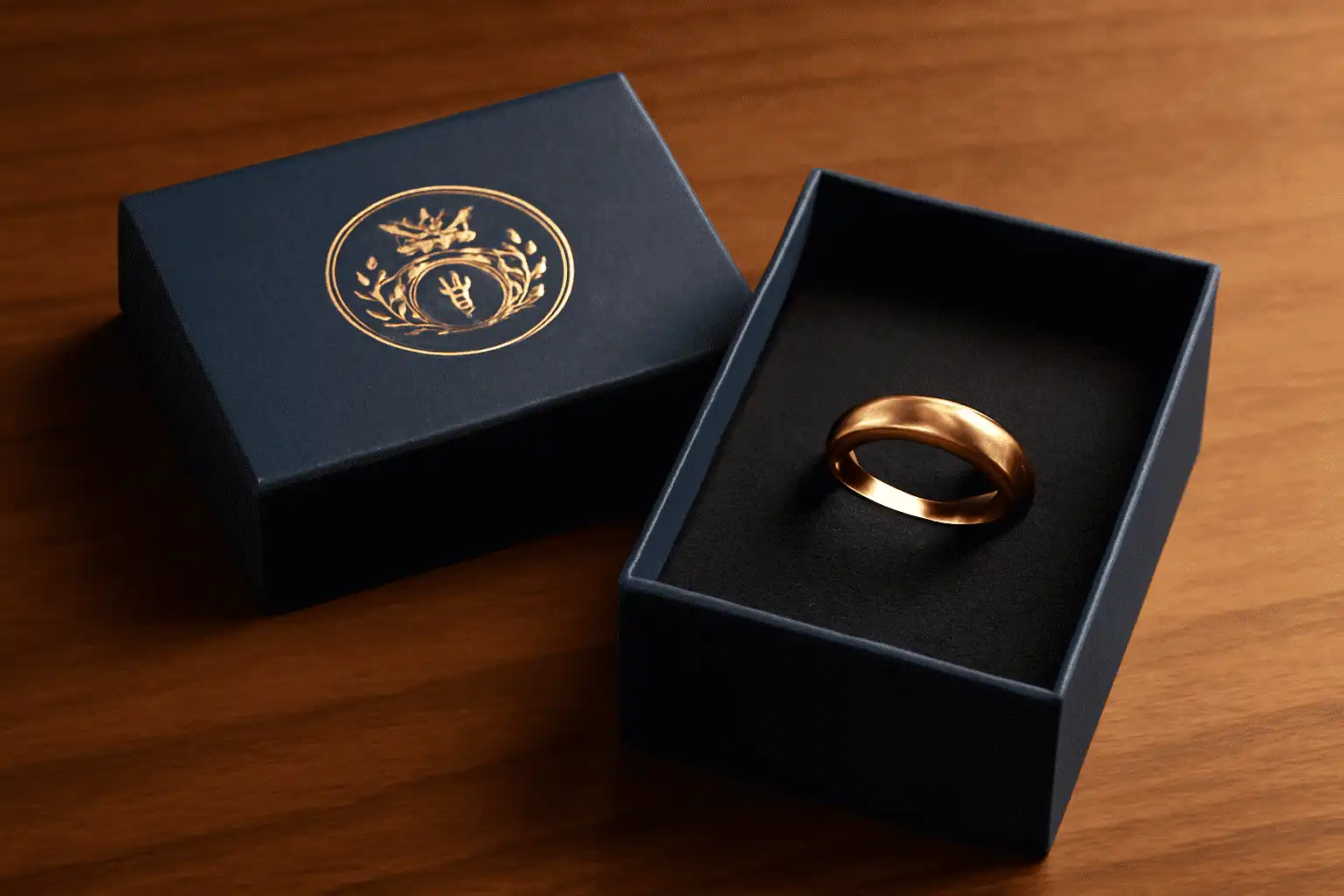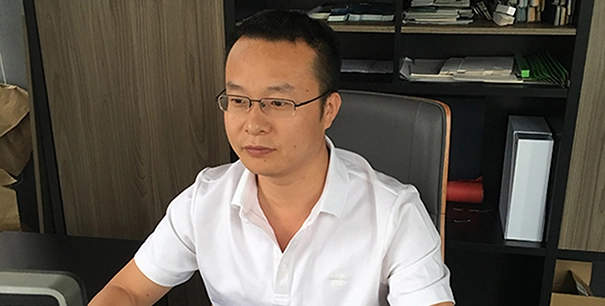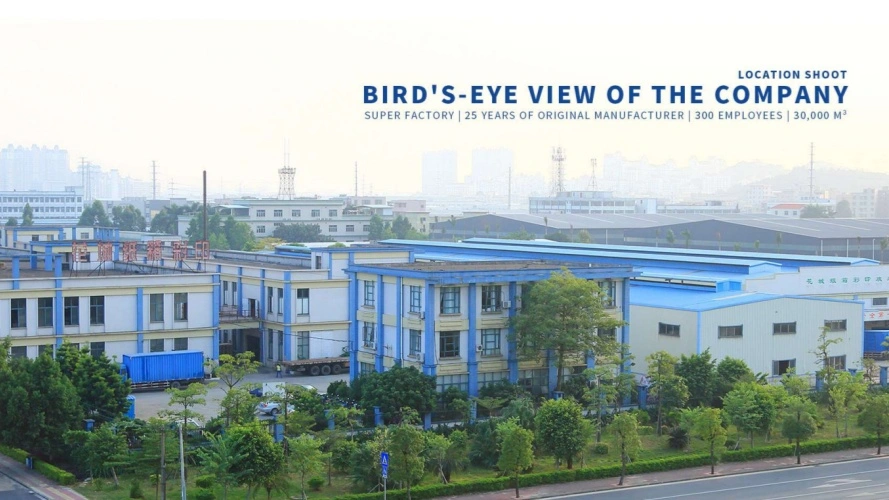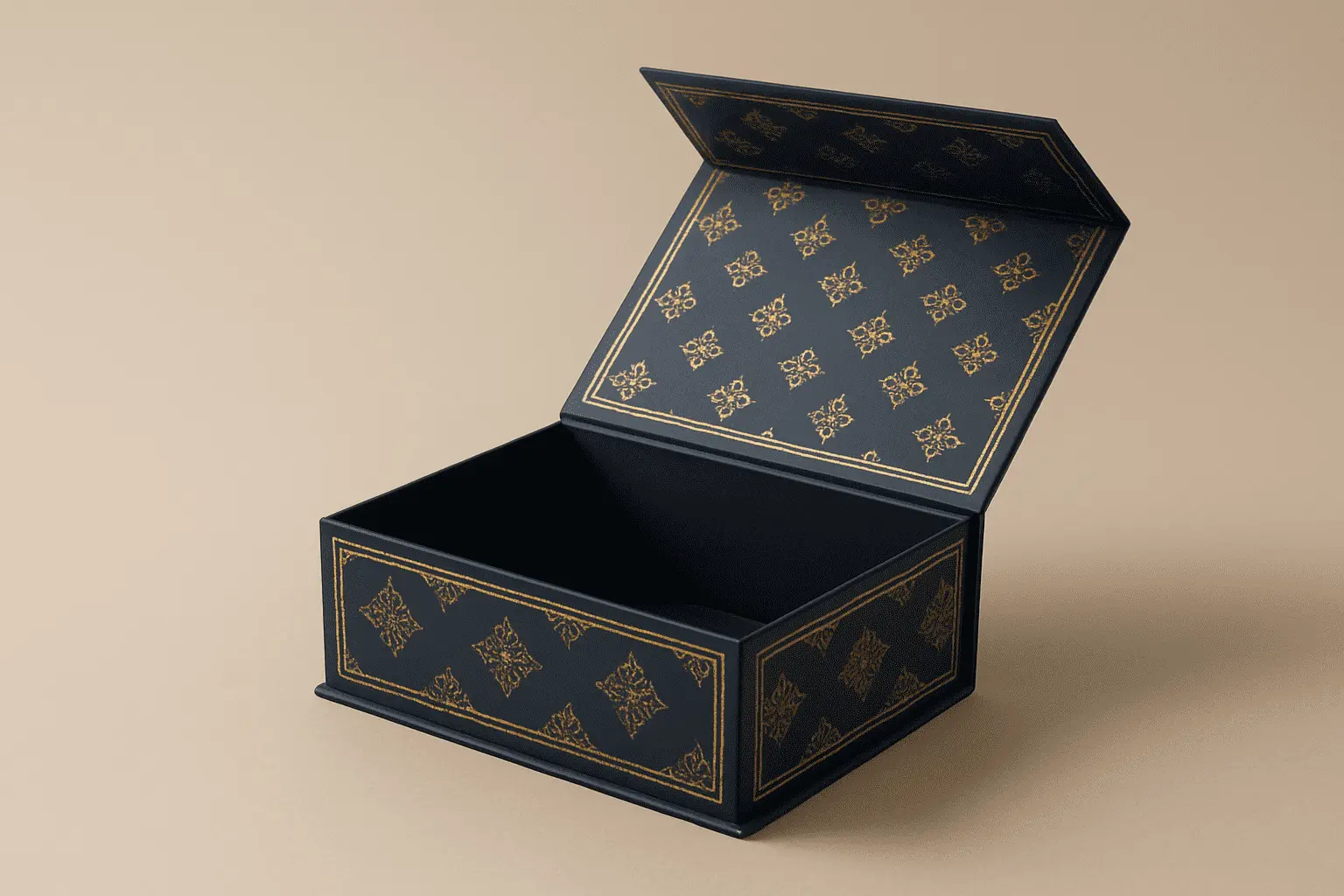What is a Cardboard gift box? Detailed Insights and Uses?
In today's competitive marketplace, packaging plays a crucial role in brand differentiation and customer experience. Among the various packaging solutions available, cardboard gift boxes have emerged as a premium choice for businesses seeking to create lasting impressions. A cardboard gift box is a sophisticated packaging solution constructed from thick, sturdy cardboard or chipboard materials that are pre-assembled into a permanent box structure. Unlike folding cartons that arrive flat and require assembly, boxes maintain their shape and offer superior protection and presentation for high-value products. These boxes are characterized by their durability, elegant appearance, and ability to be customized with various finishing techniques, making them ideal for luxury goods, electronics, cosmetics, and gift items. The manufacturing process involves precise engineering and attention to detail, resulting in packaging that not only protects contents but also enhances brand perception and creates an unboxing experience that customers remember.

Understanding the Construction and Materials of Cardboard gift boxes
The Foundation: Premium Cardboard and Chipboard Materials
The construction of a box begins with selecting high-quality materials that form the foundation of its durability and aesthetic appeal. Typically crafted from thick cardboard or chipboard ranging from 1.5mm to 3mm in thickness, these materials provide the structural integrity that sets cardboard gift boxes apart from conventional packaging solutions. The chipboard core is often wrapped with decorative paper, fabric, or specialty materials to achieve the desired visual and tactile experience. FSC certified materials are commonly used in modern box production, ensuring environmental responsibility while maintaining superior quality standards. The material selection process considers factors such as product weight, storage conditions, and desired shelf life, with manufacturers like those equipped with advanced machinery including KBA106-(9+1) UV printing machines ensuring precise material handling and finishing. The thickness and density of the cardboard directly impact the box's ability to protect contents from external pressures, moisture, and temperature variations, making material selection a critical aspect of box design and manufacturing.
Advanced Manufacturing Techniques and Precision Assembly
The manufacturing process of boxes involves sophisticated techniques that combine traditional craftsmanship with modern technology. The process begins with die-cutting the cardboard components to exact specifications, followed by corner construction that creates the box's permanent shape. Unlike folding boxes, cardboard gift boxes undergo a complex assembly process where corners are typically secured using specialized adhesives or mechanical fasteners that ensure long-term durability. Advanced printing equipment such as Heidelberg XL162-6L printing machines enable high-resolution graphics and color accuracy that enhance the visual appeal of each cardboard gift box. The assembly process requires precise alignment and consistent pressure application to create seamless corners and edges that maintain their integrity under stress. Quality control measures throughout the manufacturing process ensure that each cardboard gift box meets stringent standards for dimensional accuracy, structural integrity, and aesthetic excellence. Modern facilities equipped with AI-driven production lines can maintain consistent quality while accommodating customization requirements for different industries and applications.
Surface Finishing and Customization Options
The versatility of cardboard gift boxes extends to their extensive customization possibilities through various surface finishing techniques. Cold and hot foil stamping processes can be applied to create metallic accents and premium textures that elevate the perceived value of the packaging. UV coating applications provide both protective benefits and enhanced visual appeal, with options for spot UV that creates selective gloss effects for logos and text elements. Embossing and debossing techniques add dimensional elements to box surfaces, creating tactile experiences that engage customers on multiple sensory levels. Frosted touch finishes provide a sophisticated matte appearance while maintaining durability and fingerprint resistance. The customization process can incorporate multiple finishing techniques on a single cardboard gift box, allowing brands to create unique packaging solutions that reflect their identity and values. Professional packaging engineers with extensive experience in material applications and process technology ensure that finishing techniques are applied correctly and consistently across production runs, resulting in packaging that meets both aesthetic and functional requirements.
Applications and Industries Benefiting from Cardboard gift boxes
Luxury Goods and Premium Products
Cardboard gift boxes have become synonymous with luxury packaging across numerous high-end industries, where the unboxing experience is as important as the product itself. In the jewelry industry, boxes provide secure storage for valuable items while creating an elegant presentation that enhances the perceived value of the contents. The structural integrity of these boxes ensures that delicate items remain protected during shipping and handling, while customization options allow jewelers to incorporate brand colors, logos, and special finishes that reinforce their luxury positioning. Cosmetics brands frequently choose cardboard gift boxes for their premium product lines, taking advantage of the boxes' ability to accommodate custom inserts that hold products securely while creating an organized and visually appealing presentation. The smooth surfaces of boxes provide ideal canvases for high-quality printing and special effects that communicate brand sophistication and attention to detail. Electronics manufacturers utilize these boxes for high-value items such as smartphones, tablets, and luxury accessories, where the packaging must convey innovation and quality while providing adequate protection for sensitive components.
Corporate Gifts and Special Events
The corporate gifting market represents a significant application area for cardboard gift boxes, where presentation quality directly impacts the effectiveness of business relationships and marketing initiatives. Companies seeking to make memorable impressions on clients, partners, and employees often select cardboard gift boxes for their ability to create anticipation and excitement during the unboxing process. These boxes can be customized with corporate branding, special messages, and sophisticated finishing techniques that reflect the sender's professionalism and attention to detail. Event planners and wedding coordinators frequently utilize cardboard gift boxes for favors and gift presentations, taking advantage of their durability and customization options to create cohesive themes and memorable experiences. The ability to incorporate ribbon closures, magnetic clasps, and custom inserts makes cardboard gift boxes ideal for creating complete gift packages that require no additional wrapping or preparation. Marketing teams appreciate the reusability of these boxes, as recipients often retain them for storage or display purposes, extending the brand exposure beyond the initial presentation. The minimum order quantities and delivery timeframes for cardboard gift boxes make them practical choices for corporate events and seasonal promotions.
E-commerce and Direct-to-Consumer Brands
The growth of e-commerce has created new opportunities for cardboard gift boxes as brands seek to differentiate their products in an increasingly crowded marketplace. Online retailers recognize that packaging serves as the first physical touchpoint with customers, making the unboxing experience crucial for brand perception and customer satisfaction. Cardboard gift boxes provide superior protection during shipping compared to traditional folding cartons, reducing the risk of damage and returns that can impact customer relationships and profitability. The structural integrity of these boxes allows for creative packaging designs that maintain their appearance throughout the shipping process, ensuring that customers receive products in pristine condition. Subscription box services have embraced cardboard gift boxes for their monthly deliveries, leveraging the premium feel and reusability to justify subscription prices and encourage customer retention. Direct-to-consumer brands use cardboard gift boxes to create brand experiences that compete with traditional retail environments, incorporating custom printing, special finishes, and branded inserts that transform simple product deliveries into memorable events. The ability to apply various surface processes such as embossing and UV coating ensures that e-commerce packaging maintains its visual appeal despite handling by multiple shipping carriers.
Design Considerations and Best Practices for Cardboard gift boxes
Structural Engineering and Functional Design
The design of effective cardboard gift boxes requires careful consideration of structural engineering principles that balance aesthetic appeal with functional performance. The relationship between box dimensions and material thickness must be optimized to ensure adequate strength while minimizing material usage and production costs. Corner construction techniques vary depending on the intended use and load requirements, with options ranging from simple tape closures to complex mechanical joints that provide enhanced durability. The integration of custom inserts and compartments requires precise planning to ensure proper fit and product protection while maintaining the box's structural integrity. Cardboard gift box designers must consider the thermal expansion properties of materials and adhesives to prevent deformation under varying environmental conditions. The selection of closure mechanisms, whether magnetic, ribbon-tied, or snap-fit, impacts both functionality and manufacturing complexity. Professional packaging engineers with years of experience in structural development can optimize designs for specific applications while ensuring manufacturability and cost-effectiveness. The design process often involves prototyping and testing to validate structural performance under real-world conditions before proceeding to full production.
Brand Integration and Visual Communication
Effective cardboard gift box design seamlessly integrates brand elements with functional requirements to create packaging that serves as a powerful marketing tool. The placement and sizing of logos, text, and graphics must consider both aesthetic balance and practical constraints such as printing limitations and assembly requirements. Color selection plays a crucial role in brand recognition and emotional response, with considerations for color consistency across different materials and finishing processes. The hierarchy of information on cardboard gift box surfaces should guide the customer's attention while providing necessary product and safety information in an organized manner. Typography choices impact both readability and brand personality, with options ranging from elegant serif fonts for luxury applications to modern sans-serif styles for technology products. The integration of tactile elements such as embossing and special textures can reinforce brand messages and create memorable sensory experiences. Design teams must consider the interaction between different finishing techniques to avoid conflicts that could compromise visual appeal or manufacturing efficiency. The development process typically involves collaboration between graphic designers, packaging engineers, and production specialists to ensure that creative visions can be successfully implemented within technical constraints.
Sustainability and Environmental Considerations
Modern cardboard gift box design increasingly incorporates sustainability principles that address environmental concerns while maintaining product quality and brand appeal. The selection of FSC certified materials ensures responsible sourcing practices that support forest conservation and sustainable forestry management. Adhesive choices impact both performance and recyclability, with water-based formulations often preferred for their reduced environmental impact and easier recycling processes. The design of cardboard gift boxes should consider end-of-life scenarios, incorporating features that facilitate disassembly and material separation for recycling purposes. Minimizing material usage through optimized design and efficient nesting during shipping reduces both environmental impact and transportation costs. The integration of recycled content in cardboard and paperboard materials can significantly reduce the carbon footprint of cardboard gift box production while maintaining structural performance. Manufacturers committed to environmental responsibility implement comprehensive waste reduction programs and energy-efficient production processes that minimize resource consumption. The communication of sustainability features through packaging design and marketing materials helps brands connect with environmentally conscious consumers while demonstrating corporate social responsibility. Certification programs such as ISO14001-2015 Environmental Management Systems provide frameworks for continuous improvement in environmental performance throughout the packaging lifecycle.
Conclusion
Cardboard gift boxes represent the pinnacle of packaging sophistication, combining structural integrity, aesthetic appeal, and functional versatility to create premium product presentations. These carefully engineered solutions serve diverse industries from luxury goods to e-commerce, providing brands with powerful tools for differentiation and customer engagement. The advanced manufacturing techniques, extensive customization options, and sustainable material choices available in modern cardboard gift box production enable businesses to create packaging that not only protects products but also reinforces brand values and creates memorable customer experiences. As the packaging industry continues to evolve, cardboard gift boxes remain at the forefront of innovation, adapting to new market demands while maintaining their reputation for quality and sophistication.
Ready to elevate your brand with premium cardboard gift boxes? With over 20 years of original experience, 300+ skilled employees, and a 35,000 m² state-of-the-art facility, Guangzhou Fetching Color Printing & Packaging Co., Ltd. has served over 1,000 loyal customers worldwide. Our team of senior engineers and comprehensive capabilities including advanced KBA106-(9+1) UV printing machines and AI gift box production lines ensure exceptional quality and innovative solutions. From concept to delivery, we provide personalized customization with MOQ of just 1000 pieces, 15-20 day delivery times, and comprehensive after-sales support. Contact us today at public@fetchingprinting.com to discover how our expertise can transform your packaging vision into reality.
References
1. Thompson, M.R., & Anderson, K.L. (2019). Structural Engineering Principles in Premium Packaging Design. Journal of Packaging Technology and Research, 33(4), 245-267.
2. Chen, S.Y., Roberts, J.M., & Williams, P.D. (2020). Sustainable Materials and Manufacturing Processes in Rigid Box Production. International Packaging Science Review, 28(2), 112-134.
3. Martinez, C.A., & Singh, R.K. (2021). Consumer Psychology and Unboxing Experience: The Impact of Premium Packaging on Brand Perception. Marketing and Consumer Behavior Quarterly, 45(3), 89-107.
4. Johnson, D.E., Parker, L.B., & Zhou, H.X. (2022). Advanced Finishing Techniques and Surface Treatments for Luxury Packaging Applications. Packaging Engineering and Technology Journal, 39(1), 156-178.

Based on your location and order quantity, you will have the opportunity to receive a limited time free shipping promotion!

Corporate Purpose
